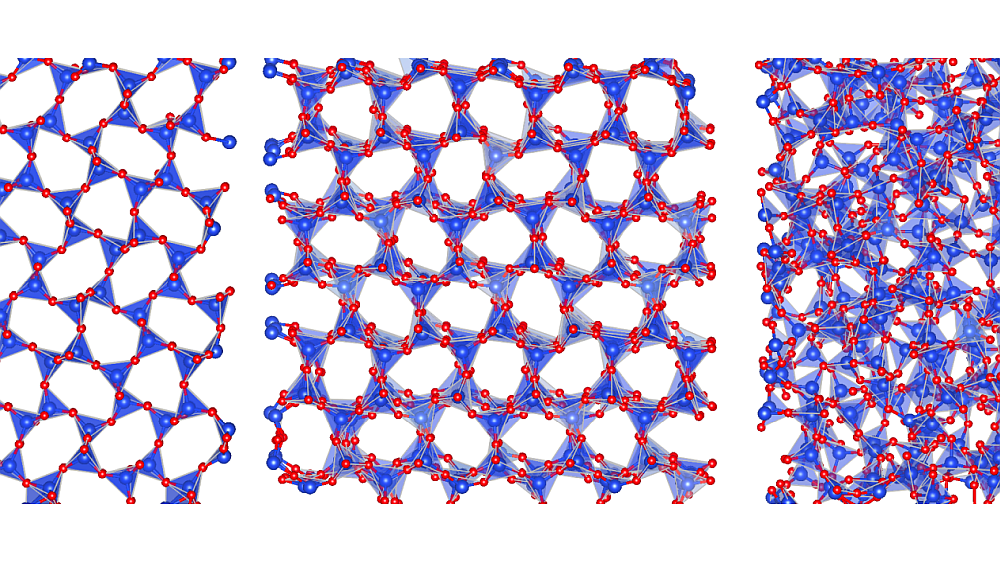
[Image above] Eileen’s official Major League Baseball from a first inning foul tip. Credit: Eileen De Guire
Ever since the Babe Ruth era, fans love to see their team’s favorite slugger pummel out a home run. Few plays in baseball are more satisfying (in my opinion) than that moment of anticipation as the ball comes off the bat: Does it have enough lift and velocity? Will it stay in fair territory? Will the wind help or hinder?
The most important factors, of course, are the batter and the pitcher. But the ball must be considered, too. Back in 1920, the MLB rules regarding balls changed and ushered in the so-called live-ball era, which succeeded, logically, the dead-ball era.
Prior to 1920, pitchers intentionally scuffed up or defaced baseballs, and the same ball was used deep into the game. As the innings came and went, the ball lost its elasticity and liveliness, which meant fewer home runs and a game that relied on a strategy of “small ball.” (And some people think today’s MLB games can get boring!)
Games can still be won and lost on how well a team plays its small ball game, but nothing shakes up a game faster than a home run—and we’ve seen many more home runs with the live-ball era.
(And nothing gets a stadium scrambling faster than a ball hit into the stands. I have one game ball from a first inning foul tip that hit my arm and wedged itself into my seat. I made no effort to try to catch it, instead covering my head and ducking as I realized where that ball was headed. You could say the ball chose me!)
Today eight to 10 dozen new, mud-treated balls are used in every MLB game, and most batters will probably see more than one new ball coming at them.
Batters often sense when a hit ball has home run potential. As they watch along with everyone else in the stadium, have they thought about how the ball might influence the aerodynamics of flight and the outcome of the slug?
Maybe not, but Lloyd Smith, Washington State University professor of mechanical and materials engineering, has. A lot.
“Not many people care about lift and drag to the level that we do, but people do care in baseball games,” he says in a WSU press release.
It’s not a new question, and many physicists and baseball enthusiasts have broken down flight trajectories of baseballs, including many in the scholarly literature. Even NASA Glenn Research Center has gotten into the fun.
Most aerodynamic studies of baseballs take place in wind tunnels. Wind tunnels offer many advantages but suffer from one major weakness: The sample must be mounted with a stationary setting. Much can be still learned about the drag coefficient; Reynolds number; and the subcritical, critical, and supercritical flow regimes set up around the baseball (i.e., how the air flow around the baseball changes from laminar flow to turbulent flow around the ball during flight).
However, all ball players know that spin and surface roughness contribute to baseball flight. And an MLB-commissioned study showed that decreasing drag by only 3% can lead to a noticeable increase in homeruns (measured by the homeruns to batted balls ratio—one of baseball’s many stats).
Smith teamed up with Delft University of Technology assistant professor Andrea Sciacchitano to look closer at the aerodynamics of flight using TU Delft’s laser-guided, free-flight speed measurement system.
In the paper, the authors explain that “Roughness may cause a transition in the boundary layer from laminar to turbulent flow, which reduces the speed for the onset of the critical regime while increasing drag in the supercritical regime.”
The baseball’s seams are part of the surface roughness that affects spin and drag. TU Delft’s system allowed Smith and Sciacchitano to apply spin while launching balls, which enabled them to measure drag coefficients as a function of seam orientation on official MLB baseballs. Their free-flight set-up also avoided the potential effects of the sting [holder] and wall interference associated with wind tunnels.
Smith and Sciacchitano determined drag was highest at 45-degree seam orientations and lowest at 0 and 90 degrees. They also found drag was higher in wind tunnel tests than at the TU Delft’s free-flight tests. However, several other factors could have influenced the results, such as use of “commercial” balls instead of MLB balls in wind tunnel tests, which may have had higher seams.
They conclude the paper by noting “… free-flight tests reproduce with a larger degree of realism the flow physics around a moving baseball and should be considered to complement wind tunnel tests whenever possible.”
Something to think about while I watch future Cleveland Guardians baseball games!
The open-access paper, published in Applied Sciences, is “Baseball drag measurements in free flight” (DOI: 10.3390/app12031416).
Author
Eileen De Guire
CTT Categories
- Basic Science
Related Posts
‘Fairy circles’ may help mark natural underground hydrogen deposits
September 18, 2025


